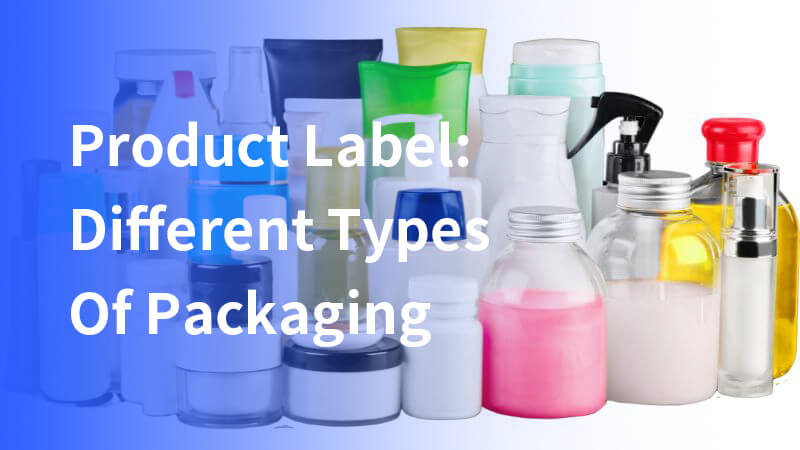When it comes to product presentation and branding, the choice of product label for packaging is pivotal. These labels do more than just relay crucial details; they also elevate a product’s visual allure, ensuring it captures attention on store shelves.
Product labels serve a myriad of functions. They articulate what your product is, imbuing packaging with vital information like shelf life, washing instructions, safety warnings, and guidelines for proper disposal.
Gaining a comprehensive insight into the diverse types of product labels and their specific functions is essential for anyone looking to develop products.
This knowledge ensures you select the appropriate labels that not only comply with regulations but also resonate with your brand’s image and values. Continue reading to delve deeper into the array of available product packaging labels.
Different product label
Whether it’s the snug fit of shrink labels or the smart tech of thermal prints, discover how the right label can make your product shine. Let’s explore together!
Shrink labels
Crafted from a specialized polymer plastic film, these labels, often referred to as shrink sleeve labels, undergo a unique transformation. The film is meticulously wrapped around the entirety of a container and then exposed to heat, prompting it to shrink until it achieves a perfect, snug fit around the container’s form.
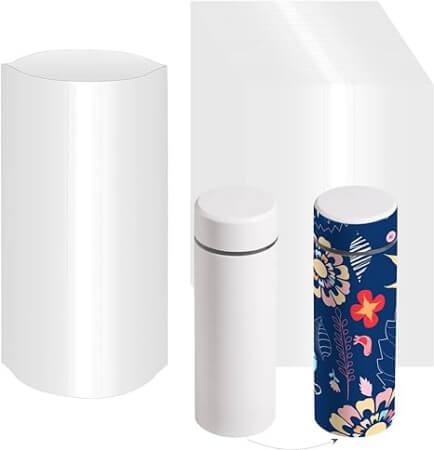
This heat-induced shrinking process allows the labels to adapt flawlessly to containers of any shape, ensuring a seamless appearance. Polymer plastic serves as an ideal canvas for vibrant, high-impact graphics that catch the eye, making it an excellent choice for creating logos designed to elevate a product’s visibility and appeal in the marketplace.
Thanks to the polymer’s exceptional durability, it is exceptionally suited for items that may encounter rough handling or environments. This makes shrink labels a popular choice for bottled beverages, particularly those destined for refrigeration, where durability and aesthetic appeal are critical.
Moreover, these labels offer a versatile palette of colors and finishes, including options for glossy and matte textures, providing an extra layer of customization to match any brand’s visual identity. This versatility ensures that products not only withstand the demands of their physical environment but also resonate strongly with consumers, enhancing brand recognition and loyalty.
Pressure-sensitive labels
Among the most prevalent types of labels, pressure-sensitive labels stand out for their widespread usage. They are ingeniously crafted, featuring a face stock equipped with an adhesive back and a protective liner, ready to adhere to surfaces upon the application of pressure.
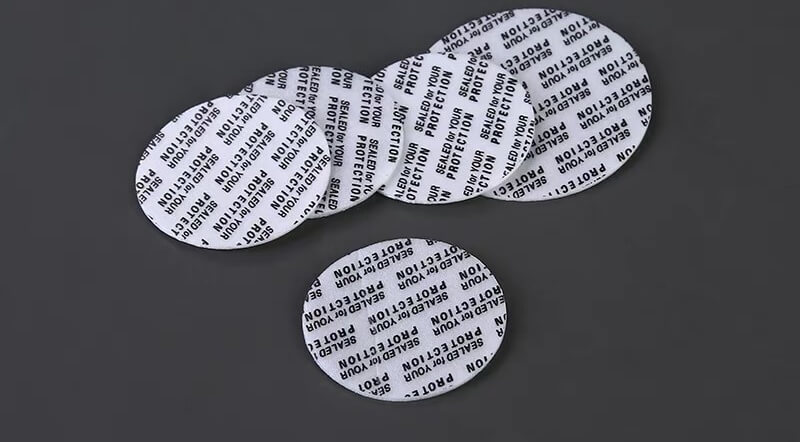
Commonly, these labels find their homes on the surfaces of bottles, jars, and tubes, embracing a wide array of products with their versatility. The range of options for substrates and finishes is vast, offering a palette of customization possibilities.
Moreover, the spectrum of available dyes is expansive, catering to any aesthetic requirement. To further elevate their presence and distinguish themselves in a competitive marketplace, these labels can undergo a transformation with additional layers of coatings, the application of specialized inks, the elegance of hot stamping, or the durability of lamination.
This blend of practicality and aesthetic flexibility makes pressure-sensitive labels a favored choice for brands looking to make a memorable impression.
In-mold labels
These labels are profoundly unique in the realm of labeling, as they are seamlessly integrated into the container‘s very structure, setting them apart from other label varieties.
Initially resembling traditional labels made of paper or plastic and utilizing adhesives for attachment, in-mold labels embark on a transformative journey. After printing, these labels are subjected to a sophisticated blow molding process.

During this pivotal phase, also known as injection molding or thermoforming, the label is intricately melded into the packaging material itself. This intricate process transcends the label from being merely an applied surface element to becoming an intrinsic part of the container’s identity. Shielded robustly by the container’s material, typically plastic, these labels attain a level of durability that far surpasses conventional product labels.
This exceptional durability makes in-mold labels the labels of choice for products like laundry detergent bottles, where longevity is paramount. Their resilience also positions them as an optimal solution for crucial warning labels, ensuring longevity and visibility in demanding conditions.
Dry-peel labels
Engineered with a unique purpose, dry-peel labels embody a blend of functionality and consumer engagement. These labels are crafted using an adhesive that promises a seamless detachment from the product packaging, leaving no residue, thus ensuring the product’s aesthetic integrity is maintained.

The chosen face stock for these labels is not merely a functional choice; it also allows for the creation of vibrant, eye-catching visuals that captivate the consumer’s attention. This attribute makes dry-peel labels an ideal candidate for instant-redeemable coupons, often found gracing the packaging of food products as enticing promotional offerings, such as discount vouchers or competition entry codes.
An added layer of ingenuity is the dry-peel label’s capability to reveal another layer of content underneath, upon its removal. This feature not only serves as a tool for providing additional information or graphics but also keeps the consumer engaged with the brand, fostering a deeper connection and sustained interest well beyond the initial interaction.
Reseal labels
Delving into the diversity of product packaging labels, reseal labels deserve special attention for their functional innovation. These labels, true to their designation, are crafted to reseal a product’s packaging after its initial opening, promoting product freshness and extended usability.
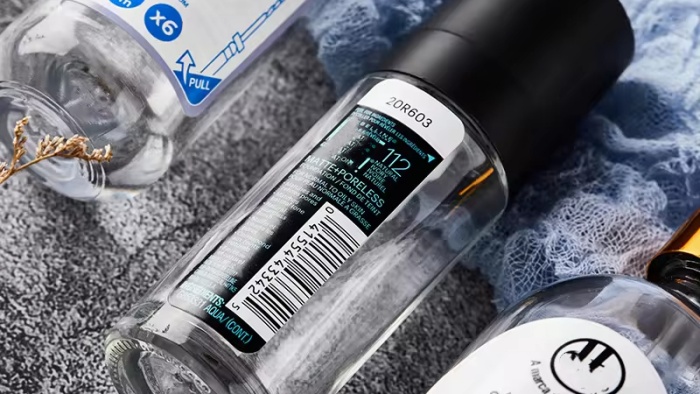
Initially affixed to the packaging’s opening, they offer the convenience of multiple uses, allowing the package to be securely closed again. While the concept of resealable labels isn’t novel, their surge in popularity is a testament to their utility and adaptability in modern packaging solutions.
They prove exceptionally beneficial for perishable food items, such as lunch meats and various snack options, by maintaining product integrity.
Additionally, their application extends to household items, notably pre-moistened wipes, enhancing product hygiene and ease of use. This multifunctionality underscores the growing appeal of reseal labels in ensuring products remain fresh and convenient for consumers.
Thermal labels
Thermal labels undergo a fascinating transformation when exposed to heat, changing color in a process that marks a significant departure from traditional ink-based printing methods.
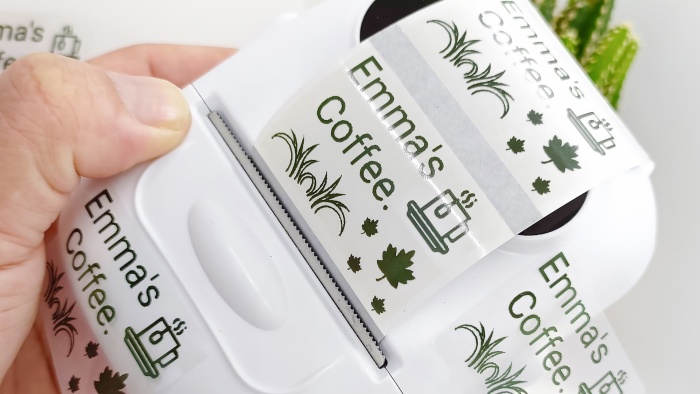
These labels do not require ink, toner, or ribbons. Instead, they utilize a specialized heating element that directly transfers the text or image to the label material, offering a unique and efficient printing solution.
Additionally, there exists a category of thermal transfer labels, specifically engineered to withstand high-temperature environments without losing clarity or durability. The information on these labels is meticulously imprinted onto the label material using a ribbon that carries either resin or wax.
This substance is then heated during the printing process to create a permanent bond with the label. These labels are renowned for their longevity, making them an excellent choice for a wide range of applications.
Conclusion
The world of product label is vast and varied, with each type offering unique benefits to enhance product presentation, compliance, and consumer engagement.
From the sleek appeal of shrink labels to the durability and versatility of pressure-sensitive and in-mold labels, and the innovative functionalities of dry-peel and reseal labels, to the efficient and adaptable nature of thermal labels, there’s a labeling solution for every product needs.
Understanding these options ensures you can choose the right product label that aligns with your brand’s image, meets regulatory requirements, and appeals to your target consumers, ultimately contributing to the success of your product in the competitive market.
For those interested in exploring further the range of labeling machine available through LMS, our website serves as a comprehensive resource for detailed information and guidance.
FAQs
What are the environmental considerations for choosing product labels?
Answer: When selecting product labels, considering environmental impact is key. Look for labels made from recycled materials or designed for easy recycling. Biodegradable and compostable label options also help reduce waste. Brands committed to sustainability should prioritize labels that align with their environmental goals.
Can product labels influence consumer perception?
Answer: Absolutely. Product labels play a crucial role in shaping consumer perception by conveying quality, ethos, and the unique selling proposition of the product. A well-designed label can enhance perceived value and trust, making it a vital component in marketing and brand differentiation.
How do product labels comply with regulatory requirements?
Answer: Compliance depends on the product type and market. Labels must include specific information such as ingredients, origin, usage instructions, and safety warnings as per industry standards and legal regulations. It’s essential to research and adhere to these requirements to avoid penalties and ensure consumer safety.
What innovations are emerging in product labeling?
Answer: Recent innovations include smart labels with QR codes or NFC technology, allowing consumers to access detailed product information, authenticity verification, and interactive content. Additionally, advancements in materials science are leading to more durable, sustainable label options that withstand various conditions without compromising quality.
How can small businesses choose the right label for their products?
Answer: Small businesses should consider their product type, brand identity, budget, and environmental impact when choosing labels. It’s beneficial to consult with label printing professionals who can offer customized solutions and insights into the latest trends and materials suited to the business’s specific needs.
